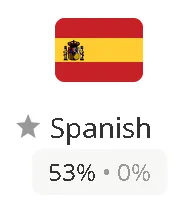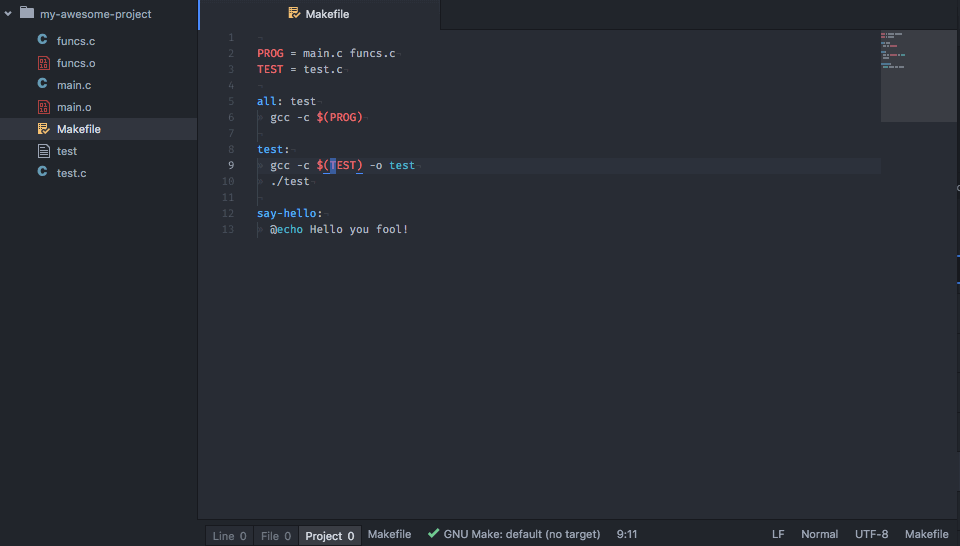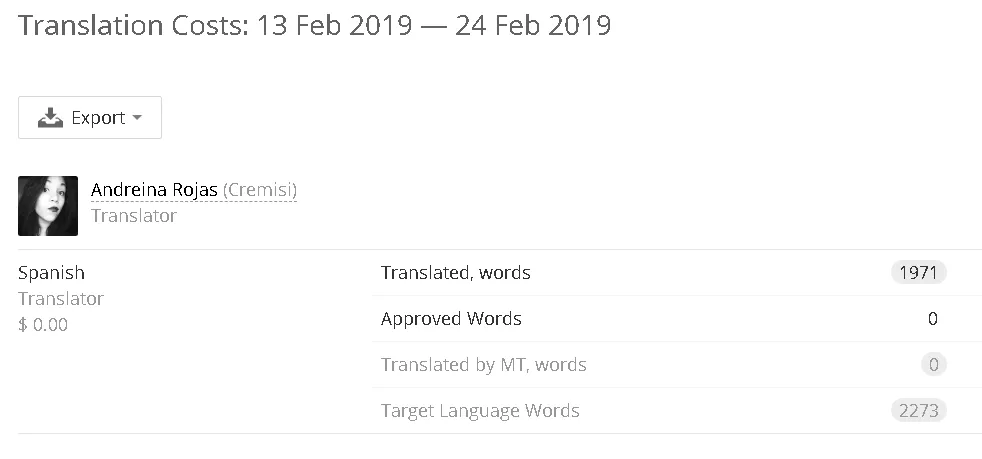
Repository
https://github.com/nodejs/i18n
Project Details
Node.js is an open-source, cross-platform JavaScript run-time environment that executes JavaScript code outside of a browser.
Node.js came into existence when the original developers of JavaScript extended it from something you could only run in the browser to something you could run on your machine as a standalone application.
In simple words, it's an open source execution environment for developing web applications, which is event-based, it uses the V8 engine to provide an execution environment that compiles and executes JavaScript at a higher speed. It is possible to run Node.js without any restriction on Windows, Linux and Mac OS X.
It should be noted that it is NOT a server language, this means that it executes code, so it could be understood as an interpreter.
Contribution Specifications
Node.js is currently being translated into 33 languages. I'm contributing to translate it into the Spanish language.

Translation Overview
I have finished translating the folder ChangeLog_V7.md
Previously I have added several examples of the work done within this folder, as well as some learned concepts. All the work consisted in translating all the notable changes made to a project, change records such as new features or bug fixes.

I also translated the Building node with Ninja folder, a guide that shows how to build Node.js using ninja considering that it is faster than using make.
Make is a build automation tool that automatically builds executable programs and libraries from source code by reading files called Makefiles which specify how to derive the target program.
Besides building programs, make can be used to manage any project where some files must be updated automatically from others whenever the others change.
Here we can see how make is executed from the Atom editor:

In contrast, Ninja differs from other build systems in two major respects:
- It is designed to have its input files generated by a higher-level build system.
- It is designed to run builds as fast as possible.
Is a small build system with a focus on speed, that's where his name comes from.

As this guide is quite short and easy, I will place it here as an example of the work done:
To build Node with ninja, there are 3 steps that must be taken:
- Configure the project's OS-based build rules via
./configure --ninja. - Run
ninja -Cout/Release to produce a compiled release binary. - Lastly, make symlink to
./nodeusingln -fs out/Release/node node.
When running ninja -C out/Release you will see output similar to the following if the build has succeeded:
ninja: Entering directory out/Release [4/4] LINK node, POSTBUILDS
The bottom line will change while building, showing the progress as [finished/total] build steps. This is useful output that make does not produce and is one of the benefits of using Ninja. Also, Ninja will likely compile much faster than even make -j4 (or -j<number of processor threads on your machine>).
Para compilar Node con ninja, hay 3 pasos que se deben seguir:
- Configure las reglas de compilación basadas en el sistema operativo del proyecto mediante
./configure --ninja. - Ejecute
ninja -C out/Releasepara producir un binario de lanzamiento compilado. - Por último, haga un enlace simbólico a
./nodeusandoln -fs out/Release/node node.
Al ejecutar ninja -C out/Release verá una impresión similar a la siguiente si la compilación tuvo éxito:
ninja: Entering directory out/Release [4/4] LINK node, POSTBUILDS
La línea inferior cambiará durante la compilación, mostrando el progreso como pasos de compilación [finished/total]. Esta es una impresión útil que make no produce y es uno de los beneficios de usar Ninja. Además, es probable que Ninja compile mucho más rápido que incluso make -j4 (o -j<number of processor threads on your machine>).
Languages
This contribution was translated from English to Spanish.
Word Count
The number of words reflected in the title doesn't include words that didn't require a translation.
- In this contribution, I've translated 1101 words.
- I've translated a total of 68012 words so far*
*Considering non-translatable content (proper names, functions, codes, etc.)
Previous translations on this project
Part 13
Proof of Authorship

This counter includes non-translatable words, so it is necessary to work on more content to extract an average of 1000 translatable words.
You can check My Crowdin Profile for verify my contribution in this project.